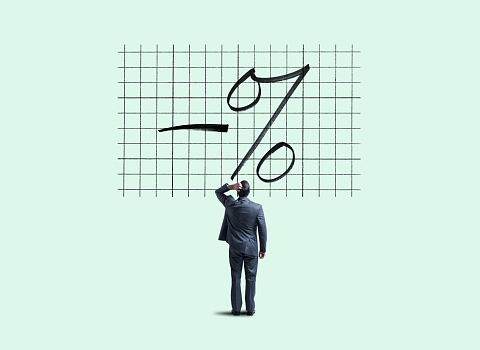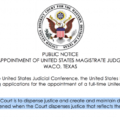The Investor’s Dilemma Part I
“In essence, financial technology is a time machine we have built ourselves. It can’t move people through time, but it can move their money. As a result, it alters the economic position of our current and future selves. It also changes the way we think. Finance has stretched the ability of humans to imagine and calculate the future. It has also demanded a deeper understanding and quantification of the past because history is the fundamental basis for making future predictions. Finance has increasingly made us creatures of time. Financial architecture exists in-and shapes- the possibilities of the temporal dimension. ” William Goetzmann from Money Changes Everything
Let’s suppose for the sake of argument, you had a sum of money to invest right now. What would you do with it?
Whatever argument you might make to justify a new investment, it is the same argument one would have to make to remain with your current investments, right?
So, what are the current circumstances? Why is this a dilemma? Why is this period in our history perhaps more difficult than others, from an investment perspective?
Many of us have idle money and don’t want to put it at high risk. We leave it in a money market mutual fund or a deposit at an insured banking institution. But yields are virtually at zero interest rates and with inflation pushing 6% by government figures, and likely higher by more realistic computations, that means a depositor is getting record negative rates, that is an actual return well below the rate of inflation.
At a 6% negative yield, you have a compound interest curve in reverse working, meaning the value of money will fall in purchasing power in half in just 12 years. So, cash is not a good place to be for the intermediate to longer term. However, in the short term, you may have to accept negative yields to keep money safe and readily liquid.
You could argue this rate of inflation is “transitory”, the buzzword of the day. But you don’t know that. And, if inflation were to fall back to say the 3% range, your return is still negative in real terms. You still get cooked by inflation, just not as fast.
If inflation were to collapse, the forces likely in play are a severe recession, which has its own sets of risks.
It certainly qualifies as a dilemma to accept negative returns, just to be safe.
Maybe we can do better in bonds?
Except for government bonds, you now have introduced some risk of default. It may not be terribly high, but it is there. In addition, unless you go out for much longer maturity, there is not that much higher yield than cash. Certainly, at current rates of inflation, the real yield is negative even if you go out 20 years, and even if you take the credit risk and buy so-called junk bonds, the yield is negative if inflation stays at 5-6%, or goes higher.
Thus, you still get a negative yield, and unlike cash, you now are taking a substantial risk with quality and default risk, and time risk.
The time risk comes in three forms. The longer you stay in the bond, the more inflation eats your lunch, which is easy to understand. But now you have other risks to capital in two forms: default risk and market risk.
Market risk? The basic thing you must understand about bond prices is they move inversely to interest rates. Rates go up, bond prices go down. Rates go down, bond prices go up. The longer the time period on the bond (duration), the more exaggerated is the swing in price.
Well, with rates near zero, unless nominal rates (the published rate) go deeply below zero, there is not much chance of making appreciation in bonds at this point in history. The big decline in rates from almost 20% in 1982 to the present, is over. Stick a fork in it, it’s done.
With inflation rising and debt loads in both the public and private sector rising wildly, it is more likely at some point interest rates start to rise. If that happens, the drop in the value of the bonds you hold will easily exceed what paltry interest you are collecting.
The probability that bonds will underperform is also an issue for portfolio design. For years, 60% stocks, and 40% bonds have been recommended as a foundation for retirement planning. Yet if interest rates ever rise above zero, which at some point they surely will, that standard equation will have a difficult time providing decent results.
In short, the dilemma is that conservative investors that used to make some decent money in bank deposits, money market funds, and bonds, can’t find a real yield that is positive above inflation and at this point in the business cycle they are taking increasing risks with default and adverse moves upward in interest rates.
The zeal for yield may well force investors to take more duration risk, and more default risk, than the likely return. That too is a dilemma as well.




